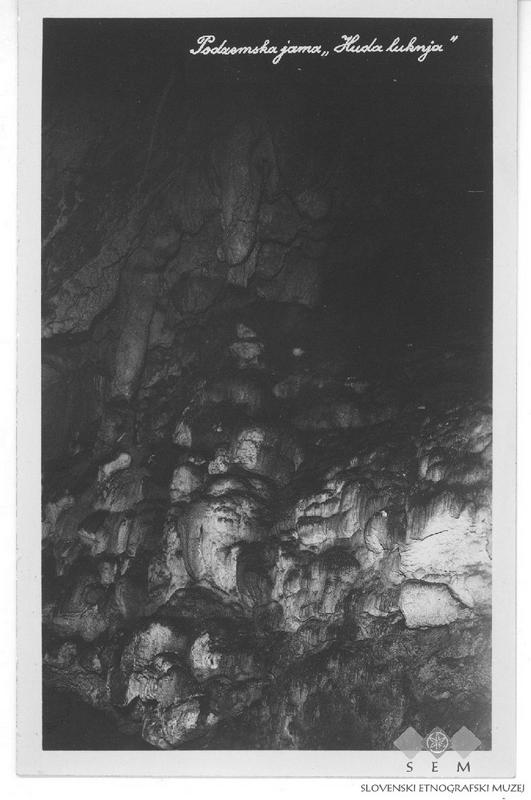The cave system features two main passageways. One is dry, but in the other, a stream makes its way from one pool to another. The noise created by the flowing water fills the entire cave. Some chambers are only accessible by speleologists who are brave enough to make their way through deep syphons. But much of the cave can be explored by tourists wearing caving equipment; Huda Luknja became one of the first tourist caves in Slovenia when it was opened to visitors in 1895. However, the cave was known to humans thousands of years earlier.
Several artifacts dating back to paleolithic times have been discovered in the cave. Some of them may be more than 30,000 years old. The objects include weapons and a bear bone made into an instrument. Harpoons are common, as are most recent objects, such as pins dating back to the Bronze Age. The artifacts indicate that humans have long ventured into the cave, but Huda Luknja is just as remarkable for its plant and animal life.
Snails and cave beetles are abundant in in the cave system. In fact, one species of beetle, Aphaobiella tisnicensis, was named after Tisnik, a hill above the cave. Huda Luknja is also the home to a wide variety of bats. In fact, few places in Europe can boast such a range of different bat species. Meanwhile, the unique microclimate near the entrance of the cave enables various plants to thrive, from Alpine flowers to Sub-Mediterranean flora.
Many of these sights are accessible to visitors via a system of trails and ladders that lead them from one chamber into another -- and reveal the secrets of one of Slovenia’s most interesting caves.



































































